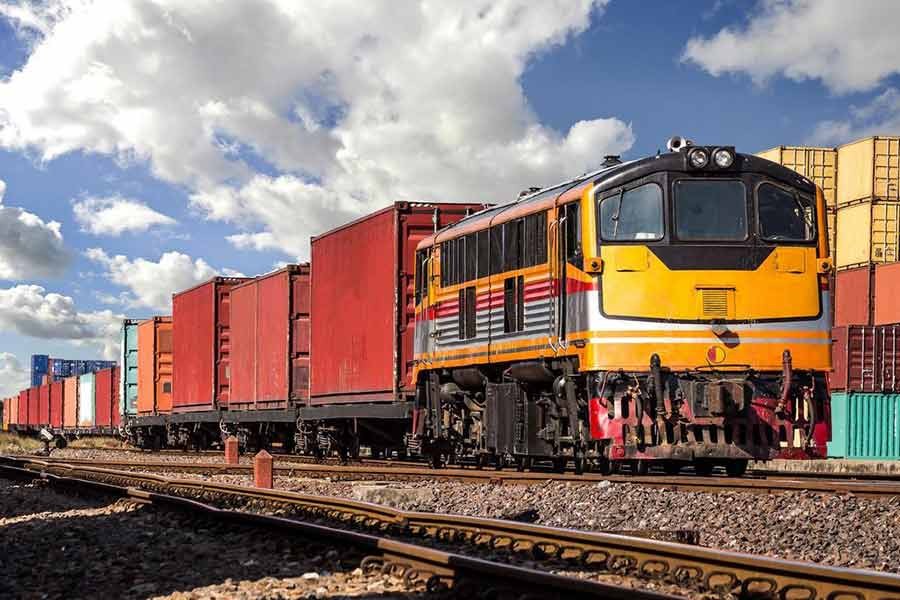In the context of the 2030 Agenda for Sustainable Development, transport stands out as a continuous challenge as well as a tremendous opportunity for transitioning to economic, social and environmental sustainability. The availability of reliable transport infrastructure and services is not only essential for economic growth but also for ensuring a balanced distribution of economic and social benefits alongside proper management of the environmental impact. The decade of action for the Sustainable Development Goals (SDGs) provides an additional impetus and opportunity to reconsider transport priorities in the Asia-Pacific region and to accelerate change.
Asia and the Pacific is expected to face substantial growth in motorization rates and trade exchanges in coming years. Hence, freight and passenger volumes will increase, leading to rising demand for transport networks and mobility.
Unfortunately, despite strong efforts and significant progress, the region has not been able to fully realize its potential for efficient regional transport connectivity. There is high heterogeneity and a persistent gap between the best and worst performance in terms of connectivity. The Asia-Pacific countries with special needs - the least developed and landlocked developing countries as well as the small island developing States - are lagging behind. The negative environmental impact of the ever-growing transport operations along the regional transport networks is high and increasing.
The networks of Asian Highways and Trans-Asian Railways, as well as the emerging network of dry ports of international importance, were established by intergovernmental agreements under the United Nations' Economic and Social Commission for Asia and the Pacific (ESCAP) auspices. Together, they serve as a backbone for land transport infrastructure connectivity in the region, gradually transforming into an integrated network of intermodal land transport connections reinforced by efficient operation policies.
Over the past six weeks, around 300 representatives from about 30 ESCAP member States discussed the issues and the way forward in the post-Covid-19 pandemic development of transport connectivity in Asia and the Pacific. The discussions took place as part of the meetings of three biannual working groups.
Railways are a cornerstone of the transition to sustainable freight in Asia and the Pacific and the Covid-19 pandemic increased the need for more efficient electronic exchange of data and information among railways. To this end, the seventh meeting of the Working Group on the Trans-Asian Railway Network agreed to improve the framework for such exchanges between railways as well as control agencies within the network.
On dry ports, the fourth meeting of the Working Group welcomed Azerbaijan and Myanmar as new members and also considered practical measures to establish a regional network of dry ports as well as integration of dry ports into international transport corridors encompassing different modes of transport.
The Working Group on the Asian Highway at its ninth meeting called on countries to make better use of technology - through digitalisation and automation of highway operations - to build back stronger post-pandemic and increase resilience for future crises. The meeting also highlighted the need to improve social inclusion in the road transport sector by making roads safer and mainstreaming gender perspectives.
The participants acknowledged that there was strong demand for increased sustainability of transport connectivity. They highlighted that combining the competitive advantages of different modes of transport and enhancing operational connectivity along existing infrastructure networks would create greater efficiency for integrated intermodal transport networks which are inclusive, reliable, safe, environmentally sound and resilient.
Sustainable Development Goals are directly connected to sustainable transport through target 3.6 on road safety, 9.1 on infrastructure and 11.2 on providing access to safe, affordable, accessible and sustainable transport systems for all and expanding public transport.
The piece is excerpted from www.unescap.org/blog and slightly abridged.


